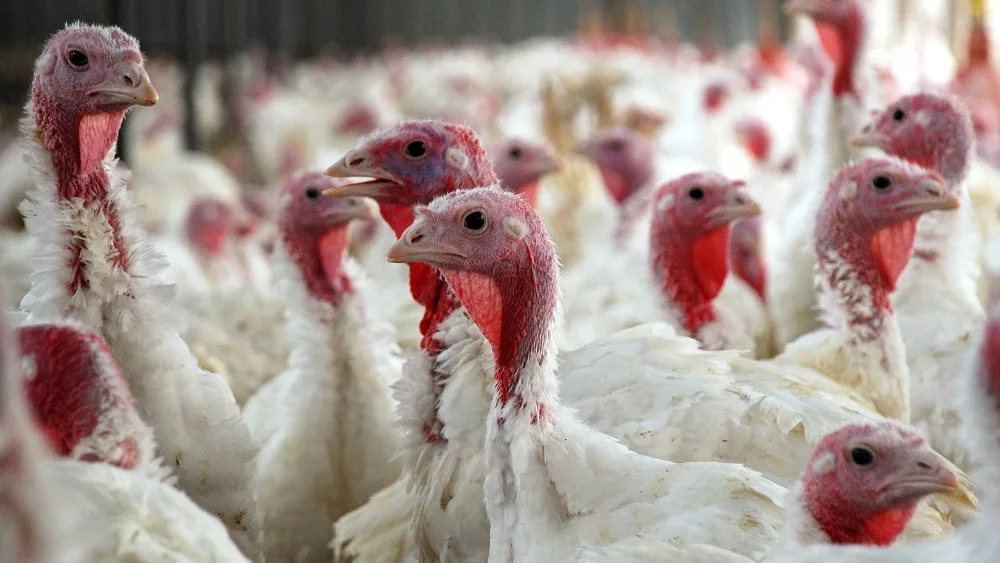2021 proved to be a good year for farmers from a yield and farm income standpoint. USDA pegged Indiana’s 2021 corn yield at a record high 195 bpa in its final report on Wednesday. Indiana soybeans came in at a record high 59.5 bpa.
We review those numbers and look ahead to this upcoming growing season on the Purdue Crop Chat Podcast, now available at hoosieragtoday.com.
Special guest Michael Langemeier, Purdue ag economist, says from an economic standpoint, “Certainly, ‘22 is not going to be as good as 2021, but I don’t think it’s going to be that different from 2020. And that’s good news because certainly 2020 was better than 2014 to 2019, so I don’t think we’re going back to the relatively low returns we saw.”
He says that because of the high input costs we’re seeing across the board, especially in nitrogen fertilizer and herbicides. Despite that, his projections show margins will remain decent for both corn and soybeans because of high commodity prices.
He reminds farmers, “Everything needs to pay for itself. This is true in every year, but this is a good year to really preach this as an economist. You need to look at the benefits versus the cost of every decision you make. I think it’s true in particular with herbicides. With a large (price) increase in herbicides, for particularly some of the herbicides, maybe you need to cut down an application. Maybe need to rethink the timing of an application.”
Purdue Extension Corn Specialist Dan Quinn says another way to potentially reduce costs for ’22 is to reevaluate your seeding rates and plant populations. The research shows that with a final plant population of 28,000 to a final plant population of 35,000, there’s only about a .5% difference in yield.
“New hybrids that we have do respond to higher plant populations. They can tolerate high plant populations, and I think that some of that mindset is, ‘I need to keep pushing my plant populations 38, 39, 40 thousand seeds per acre because I have this new hybrid that can tolerate these plant populations.’ But new hybrids also tolerate lower populations, and they do really well at low populations compared to hybrids in the past. So, it’s something to be paying attention to and taking a look at your plant populations and maybe you can back some of those off on some of your corn acres.”
Soybean Specialist Shaun Casteel agrees, saying it’s similar in soybeans. 100,000-120,000 plants has always been his turnkey agronomically, but he says you can go lower than that and yield quite well.
“We have folks that are over 140,000 seeding rates. They seriously need to be looking at their seeding rates to save a lot of money right in that alone.”
Hear much more from Langemeier, Quinn, and Casteel in the Purdue Crop Chat podcast below:




